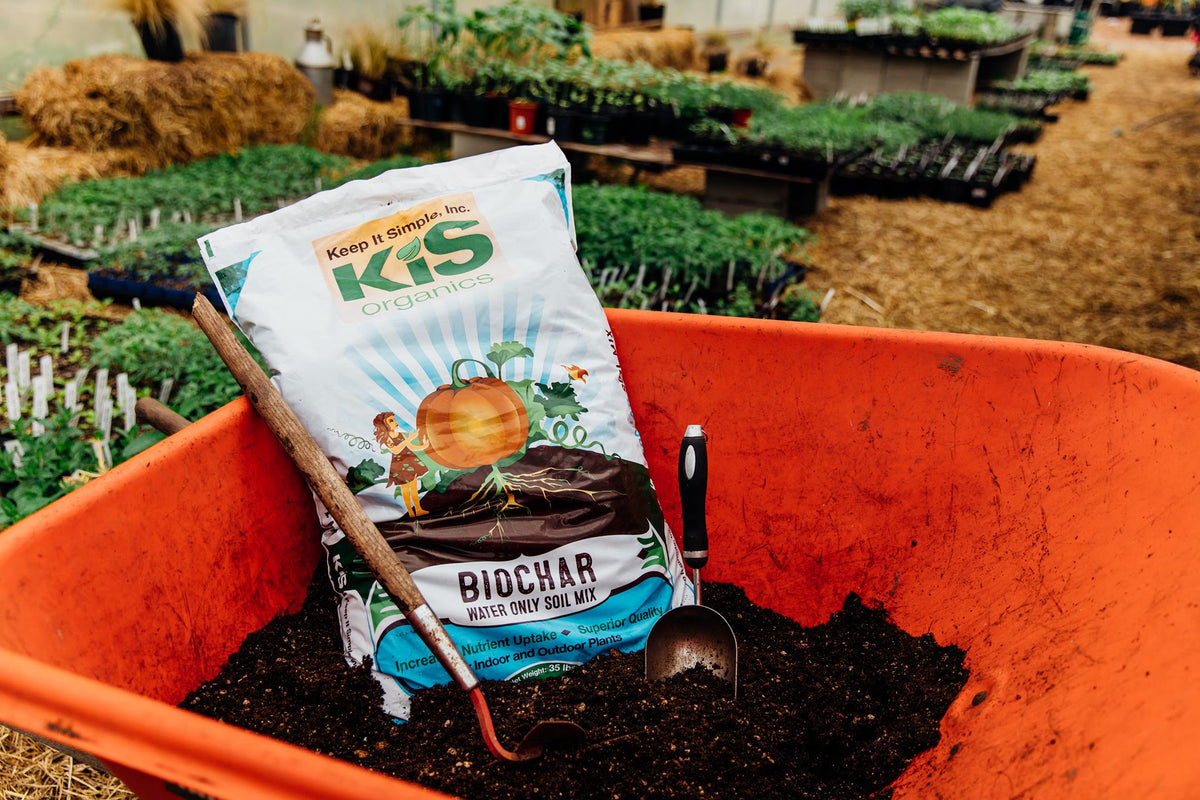@2com this is my understanding...
PPM for hydroponics = (mg of element) ÷ (L of solution)
Mass ÷ Volume (essentially)
1L = 1,000ml
1ml of H2O = 1g
1g = 1,000mg
(1,000mg/1g) × (1g H2O/1ml) × (1,000ml/1L)
=
1,000,000mg of H2O in 1L
...
1mg of water takes up 1 millionth of the volume of 1L. So 1mg of water is only 1 part of the million it takes to create 1 liter, or, 1 mg of water is 1 part per million.
PPM compares the weight (in mg) of an element per L of solution,... to the weight of 1L of pure H2O (in mg). It's easier just understood as mg/L.
NPK = (g of element) ÷ (g of solution or mixture)
Mass ÷ Mass
NPK lists composition of elements by weight % of the total.
Example:
100g of "X" added to 1L of pure H2O
PPM:
100g "X" = 100,000mg of "X"
mg/L = 100,000
PPM of "X" = 100,000
NPK:
100g "X" + 1,000g H2O
=
1,100g total solution weight
(100g "X") ÷ (1,100g solution weight)
=
0.09; 9% "X"
The NPK Mystery – What Do These Numbers Mean and How are they Calculated ? – Science in Hydroponics
scienceinhydroponics.com
EDIT:
Also, the % of P & K in NPK are actually inflated from the true elemental % P & K. For every 2 atoms of P they add the weight of 5 Oxygen atoms to it, and then for every 2 atoms of K they add the weight of 1 oxygen atom to it. So when you see a 10-10-10 fertilizer, there's 10% N by weight, but the 10% P and K is actually describing 10% P2O5, not 10% P, and the 10% K is actually describing 10% K2O, not 10% K.
They inflate the P & K because they were trying to create a labeling system that when the "NPK" values were all the same, that plants would have generally correct ratios of elemental N, and P, and K for growing despite the elemental N, and P, and K not necessarily being equal to each other in weight (like 10-10-10 is saying).
For NPK...
Elemental P is inflated by 2.2914
Elemental K is inflated by 1.2046
Thanks man. That's helpful and simply written. I understand the it better as mg/L for some reason. I think part of the confusion for me is the 1mL = 1g, when for some reason I want it to be 1mL = 1mg, so that they're both the same prefix. If I'd also been thinking that 1L weighs 1Kg, that might have helped. Haha.
When I first learned about the P2O5 and K2O thing I was pissed. I never knew that's the "reason" they say they went with that convention. Doesn't it also inflate the numbers of P and K in every case doing this also though? Haha.
Can I ask what sort of "nutrient/elemental profile" do you aim for? Or are you organic? What do you think about the megacrop ratios? I think I'm seeing phosphorus deficiency from V1 megacrop, could be nitrogen/over low e.c. though. Not sure.

